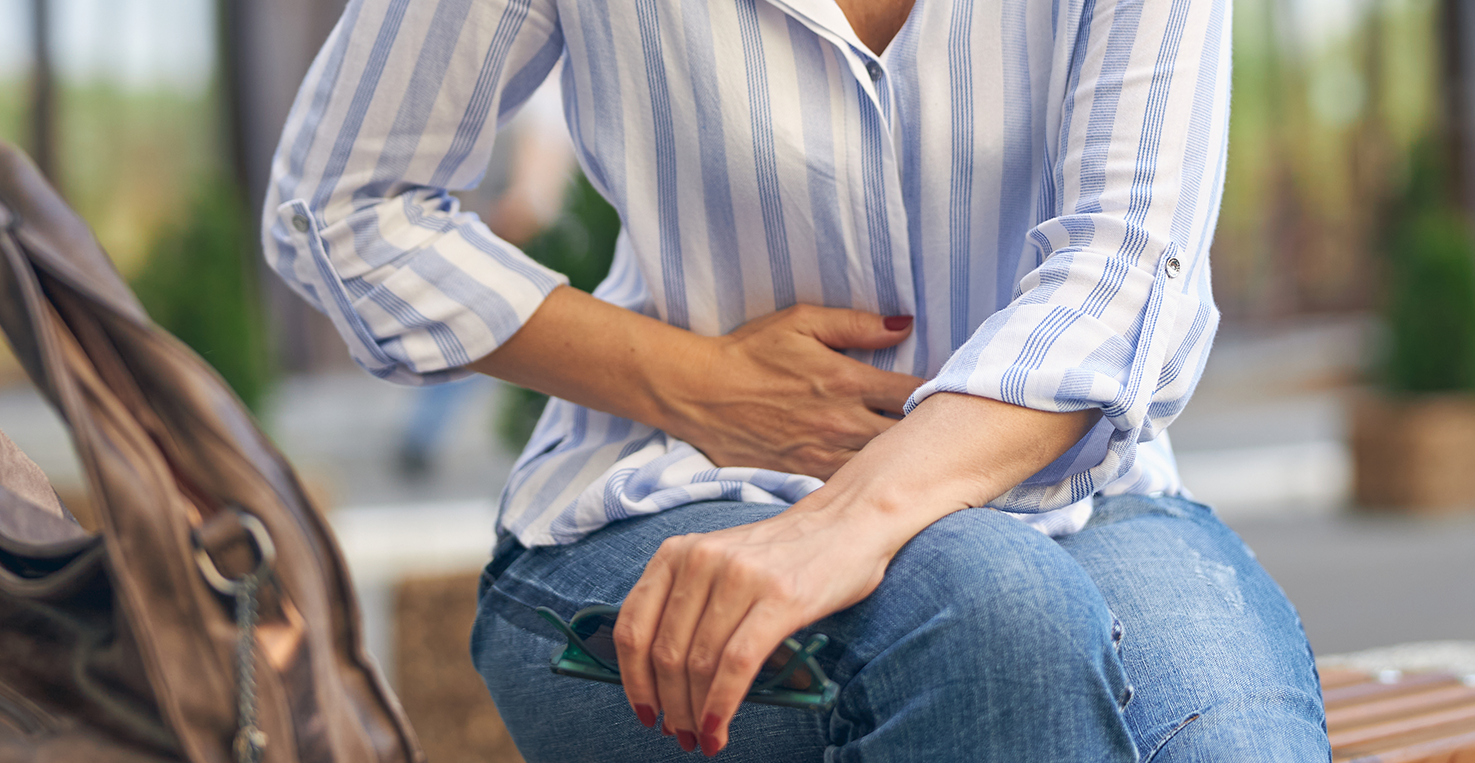
There are several reasons why you may experience stomach cramps with an ileostomy, so it’s important to know the reasons why this happens and what to do about it if you do experience cramping. It’s always worth listening to your body, if somethings hurts it’s usually an indicator that something is wrong. We all get stomach cramps from time to time, but it needs to be taken seriously if you have a stoma. People with all types of stomas can experience stomach cramps, but those with an ileostomy need to be especially careful of blockages.
We all get stomach cramps from time to time, but it needs to be taken seriously if you have a stoma. People with all types of stomas can experience stomach cramps, but those with an ileostomy need to be especially careful of blockages.
Bowel obstructions known as blockages, can often be the root cause of stomach cramps and as they tend to happen quickly for those with an ileostomy it can be quite alarming! Certain foods can often be the culprit in causing issues with a blockage and stomach cramping, but cramping may also be caused by inflammation, scar tissue (adhesions) or twisting of the intestines.
For all ostomates suffering from blockage, this is a serious medical condition as it can lead to pain and dehydration. You should therefore urgently consult your GP or stoma care nurse if the constipation does not subside within 6 hours. If the symptoms worsen and you experience muscle cramps in your stomach, which increase in intensity and/or if you vomit or are dehydrated, you should contact your GP or stoma care nurse immediately. Ignoring these symptoms can quickly turn the situation into an emergency, necessitating additional surgery.
Recognising the symptoms of partial or complete blockage can help you react quickly. Here are some of the most common signs that indicate a blockage in your bowel or stoma:
Growths in the abdominal cavity can also be a reason for a blockage during an ileostomy. In general terms, Growths are bands of tissue that attach between abdominal tissue and organs, similar to an inner scar. They are a result of the body's normal healing process and can develop in the first 3-5 days of healing. Over time, they can become larger and firmer and cause problems even years after the surgery. Unfortunately, growths can cause multiple organs to become "fused" together, which can lead to traction or pulling of nerves, causing pain. Growths can kink, twist or pull the bowel out of position and obstruct the flow through the digestive tract.
It is always important to keep moving, as this stimulates digestion.
It is always a good idea to contact your GP or stoma care nurse if you have problems with a blockage. If it is an emergency, please call 112 - untreated constipation can lead to "breakthrough" of the bowel.
Find out how you can best resolve a stoma blockage here.
You may also notice that you have to empty or change your pouch much more frequently than usual. If the diarrhoea persists, you should take an electrolyte suspension to counteract the loss of fluid and mineral salts. If you normally use a closed ostomy pouch, it may be easier for you to switch to a ileostomy pouch until the loose stools have stopped.
The gastrointestinal virus and associated discomfort usually subside within a few days and you will be able to drink and eat normally again. If you are still worried, concerned that you are dehydrated or would like to speak to someone, please contact your GP or your stoma care nurse.
You can find further information about infections of the stoma here.
 For more information about us or our products, please visit our website. There you will find, among other things, our detailed FAQ and other interessting blogarticles all about the topic stoma. You can also contact us via our social media channels or send us an e-mail. We look forward to hearing from you!
For more information about us or our products, please visit our website. There you will find, among other things, our detailed FAQ and other interessting blogarticles all about the topic stoma. You can also contact us via our social media channels or send us an e-mail. We look forward to hearing from you!
The contents of this blog, including all text, graphics, images and information, are intended for informational purposes only. They are not a substitute for professional medical advice, diagnosis or treatment. Always consult a qualified healthcare professional if you have any questions about a medical condition or treatment, and before starting any new healthcare treatment. Reliance on any information provided on this website regarding health related decisions are solely at the reader's own risk.